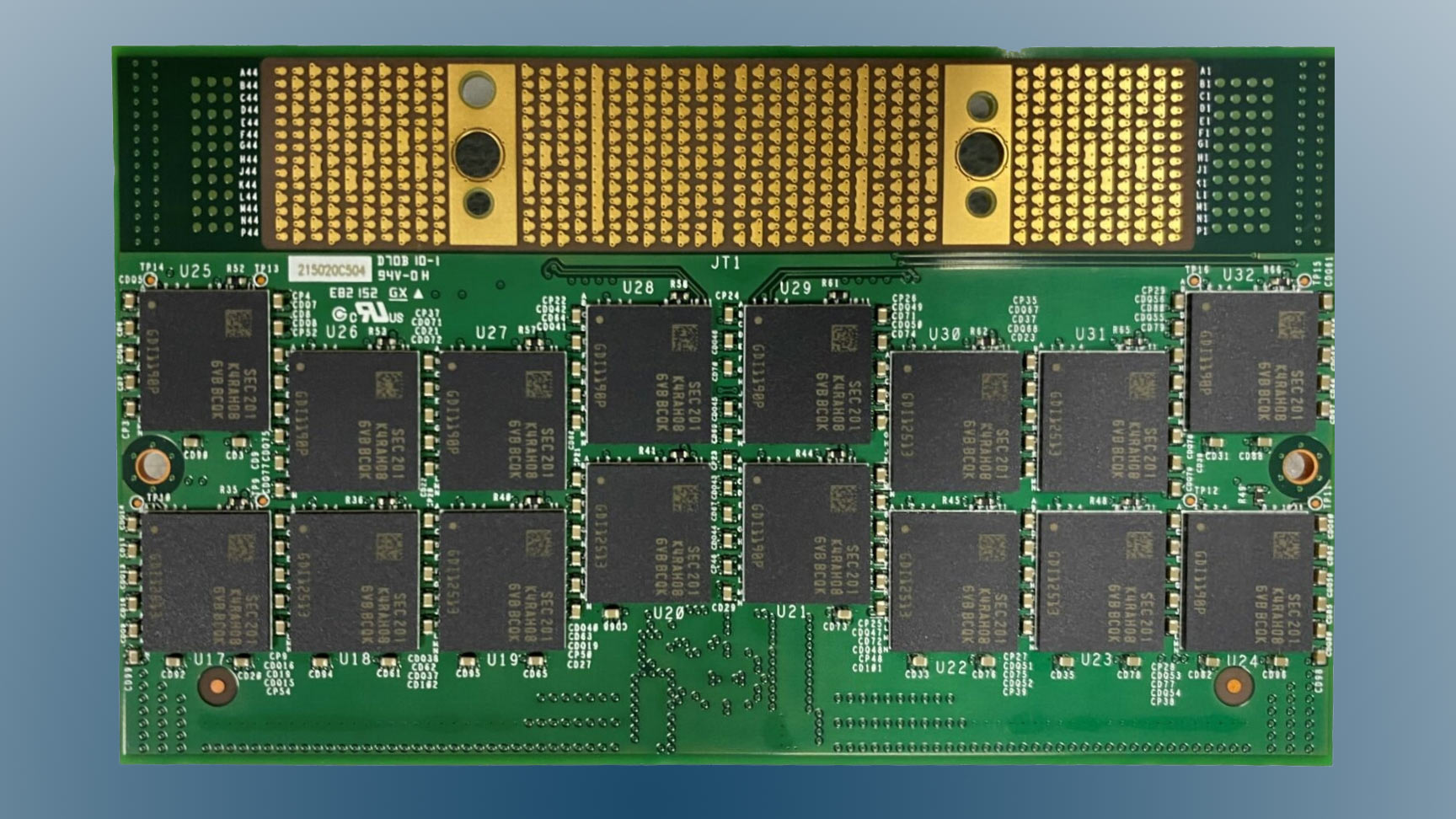
CAMM, the brand-new form factor for laptop RAM, has officially become a JEDEC standard. Now officially called CAMM2, its adoption by JEDEC means it will almost certainly see increased use in upcoming laptop generations, replacing the older SO-DIMM form factor that had been used for over two decades.
CAMM started as a proprietary technology introduced by Dell with its Precision 7670 laptop. The main benefit of CAMM over SO-DIMM is its thin profile, which Dell says is 57% thinner than SO-DIMM. Dell also claimed that it could get past for 6,400MHz barrier for DDR5 SO-DIMM memory and "scale to ever higher clock speeds."
However, CAMM's proprietary nature made it far worse than SO-DIMM concerning upgrading, since Dell was the only one making CAMM memory. Meanwhile, SO-DIMM RAM can be sourced from countless companies. CAMM2 resolves that issue by being standardized by JEDEC, the organization that sets the specifications for memory like GDDR6, HBM3, and DDR5.
The CAMM2 specifications include two variants: one for DDR5 and one for LPDDR5(X). Notably, CAMM2 will make non-soldered LPDDR5(X) memory possible, and could also discourage the use of soldered DDR5 RAM. However, the two variants have different pin-outs, so it's not possible to use one variant on a motherboard that's made for the other type of RAM.
Another benefit of CAMM2 is that it means multiple memory modules aren't necessary to activate dual-channel memory. A single CAMM2 module can be made to have two memory channels, giving more memory bandwidth to the CPU and integrated graphics for greater performance. SO-DIMM memory can only ever have one channel per stick. However, there are single memory channel CAMM2 modules planned, according to the source.
Although CAMM2 will certainly start off being much more expensive than SO-DIMM since it's so new, it looks set to become the new standard for laptops and other mobile devices. It will likely take some time for SO-DIMM to be phased out, and we can expect the lifetimes of the two standards to overlap significantly.







